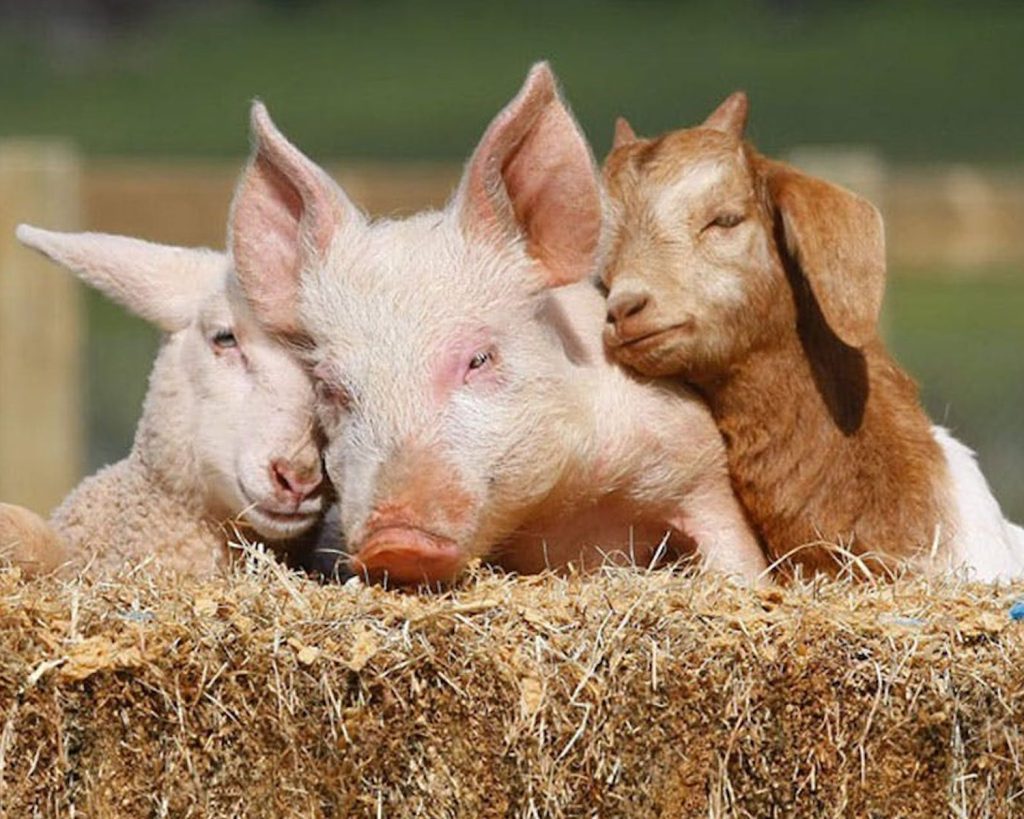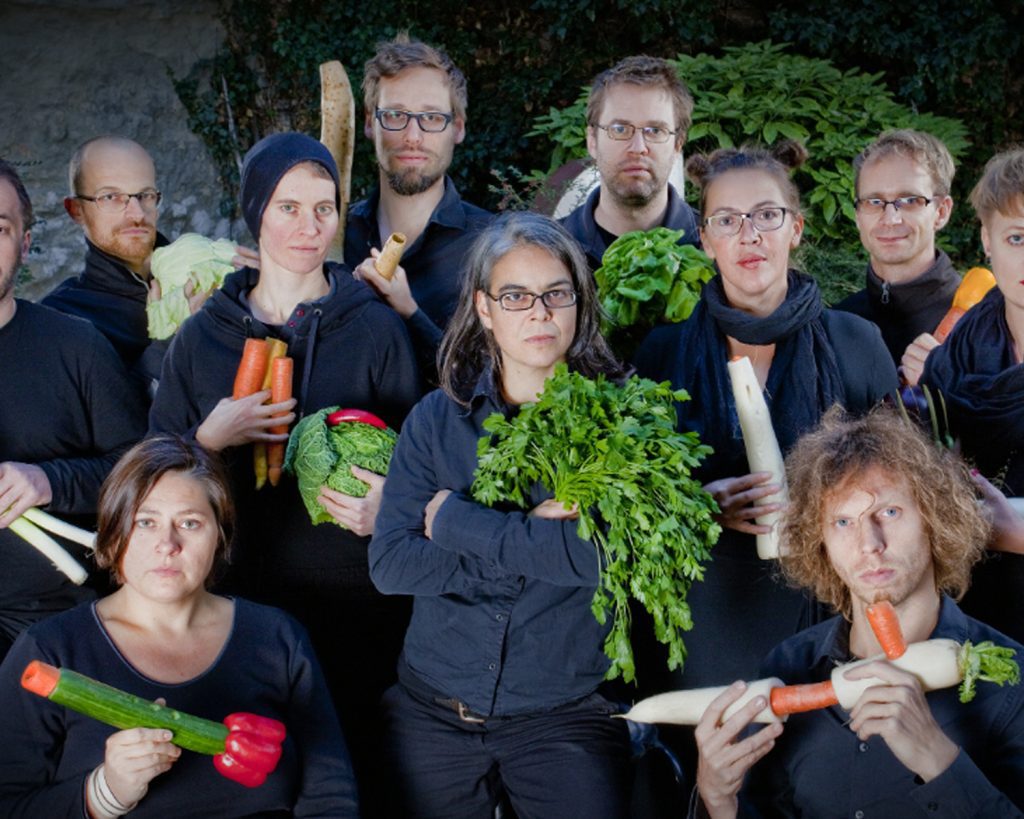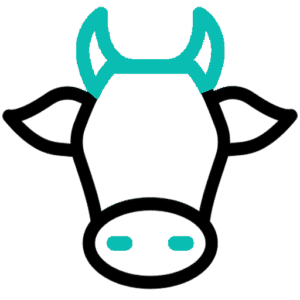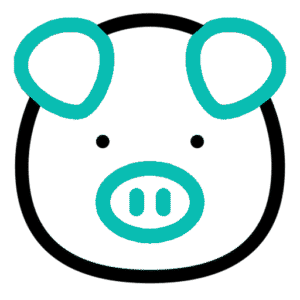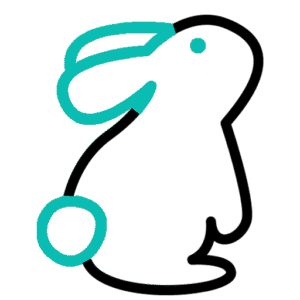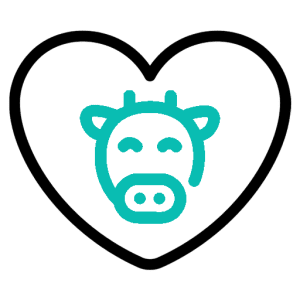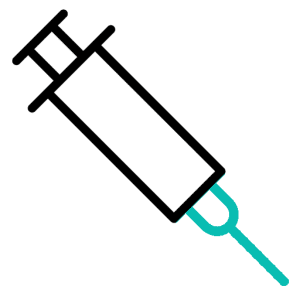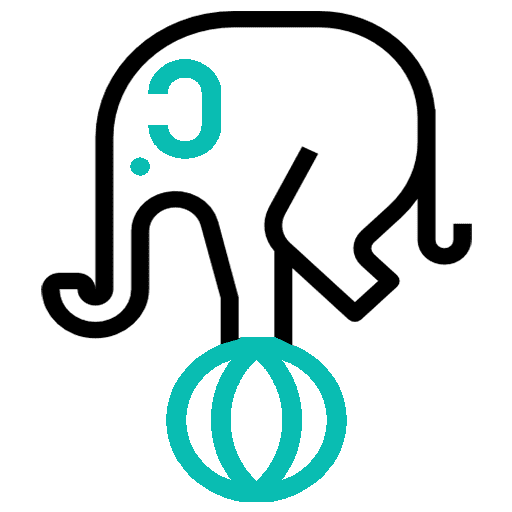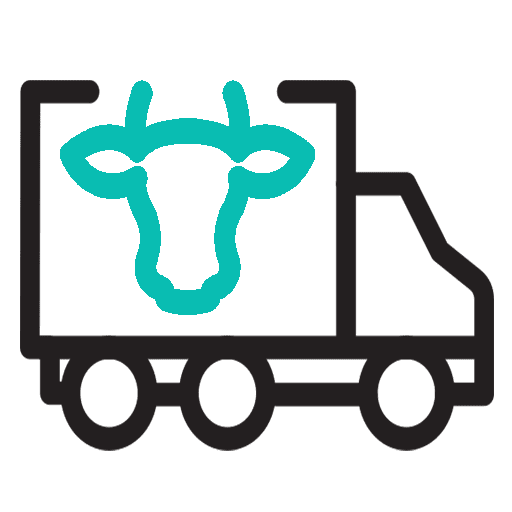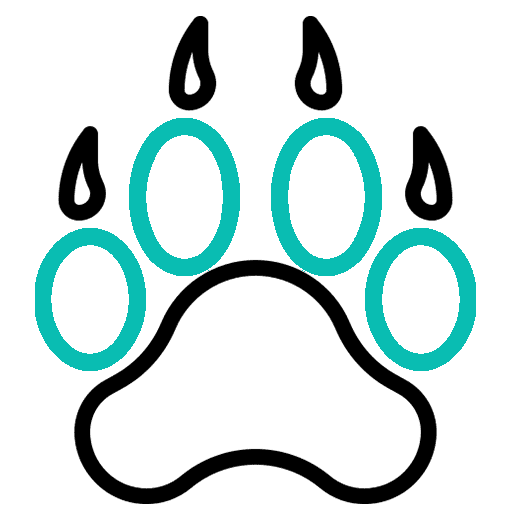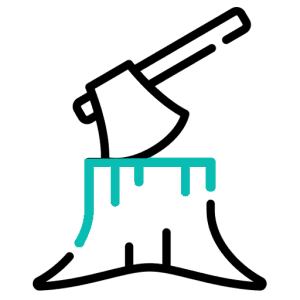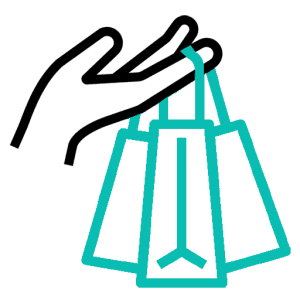Animal cruelty encompasses a wide range of practices where animals are subjected to neglect, exploitation, and intentional harm for human purposes. From the brutality of factory farming and inhumane slaughter methods to the hidden suffering behind entertainment industries, clothing production, and experimentation, cruelty manifests in countless forms across industries and cultures. Often concealed from public view, these practices normalize the mistreatment of sentient beings, reducing them to commodities rather than recognizing them as individuals with the capacity to feel pain, fear, and joy.
The persistence of animal cruelty is rooted in traditions, profit-driven industries, and societal indifference. Intensive farming operations, for instance, prioritize productivity over welfare, reducing animals to units of production. Similarly, the demand for products such as fur, exotic skins, or animal-tested cosmetics perpetuates cycles of exploitation that disregard the availability of humane alternatives. These practices reveal the imbalance between human convenience and the rights of animals to live free from unnecessary suffering.
This section examines the broader implications of cruelty beyond individual acts, highlighting how systemic and cultural acceptance sustains industries built on harm. It also underscores the power of individual and collective action—ranging from advocacy for stronger legislation to making ethical consumer choices—in challenging these systems. Addressing animal cruelty is not only about protecting vulnerable creatures but also about redefining our moral responsibilities and shaping a future where compassion and justice guide our interactions with all living beings.
Rabbits are often depicted as symbols of innocence and cuteness, adorning greeting cards and children's storybooks. Yet, behind this charming facade lies a harsh reality for millions of farmed rabbits worldwide. These animals are subjected to immense suffering in the name of profit, their plight often overlooked amidst the broader discourse on animal welfare. This essay aims to shed light on the forgotten suffering of farmed rabbits, examining the conditions they endure and the ethical implications of their exploitation. The Natural Life Of Rabbits Rabbits, as prey animals, have evolved specific behaviors and adaptations to survive in their natural habitats. They are primarily herbivores, feeding on a variety of plants, and are most active during dawn and dusk to avoid predators. When above ground, rabbits exhibit vigilant behaviors, such as sitting up on their hind legs to scan for danger and relying on their acute senses of smell and peripheral …













